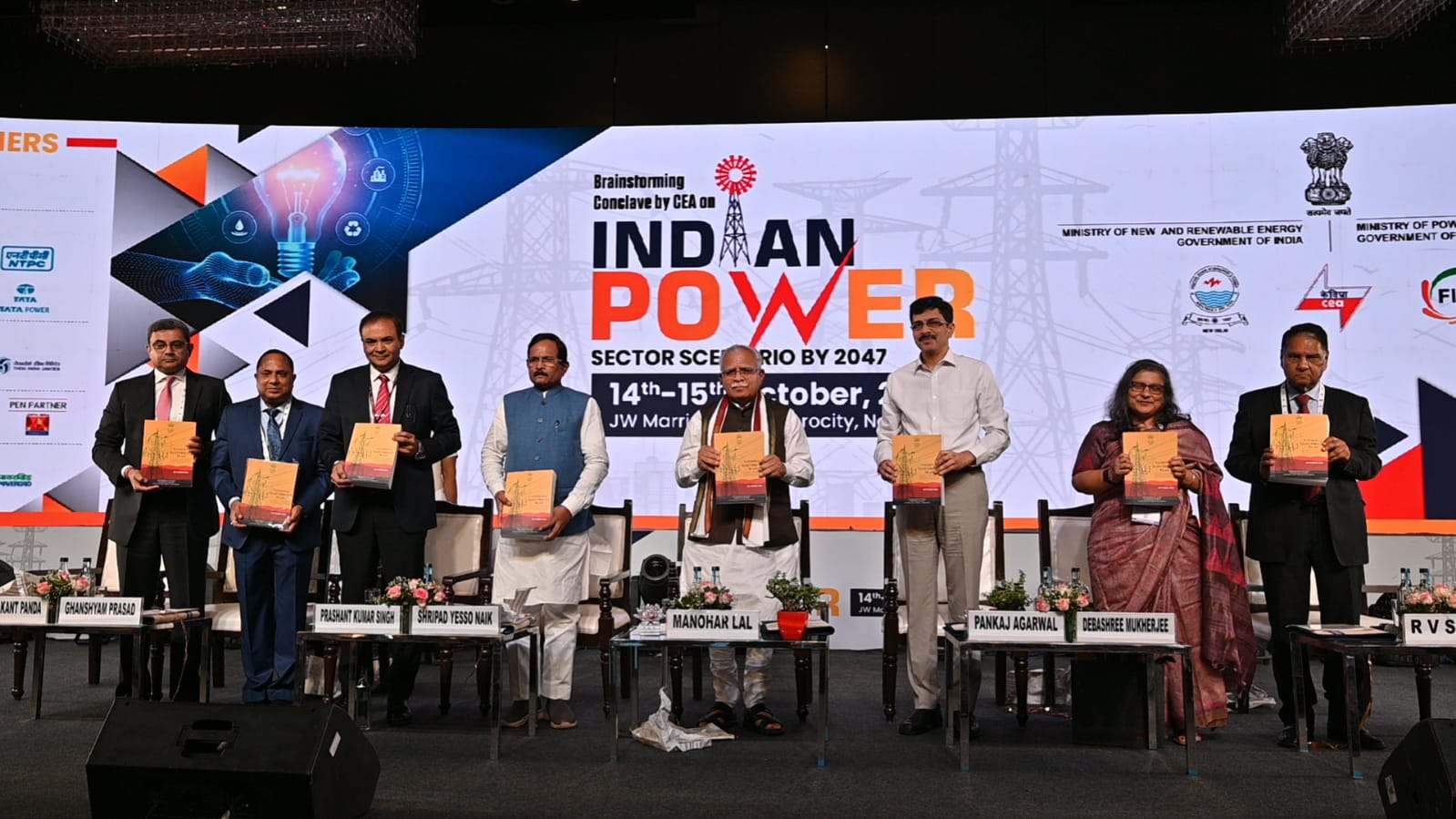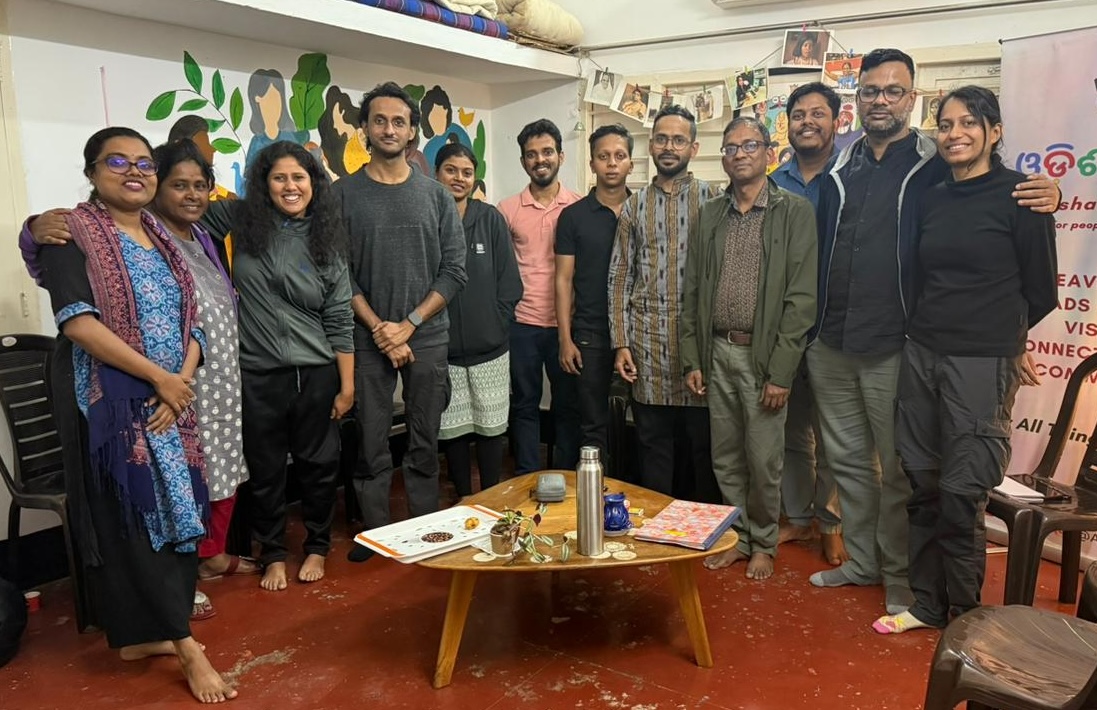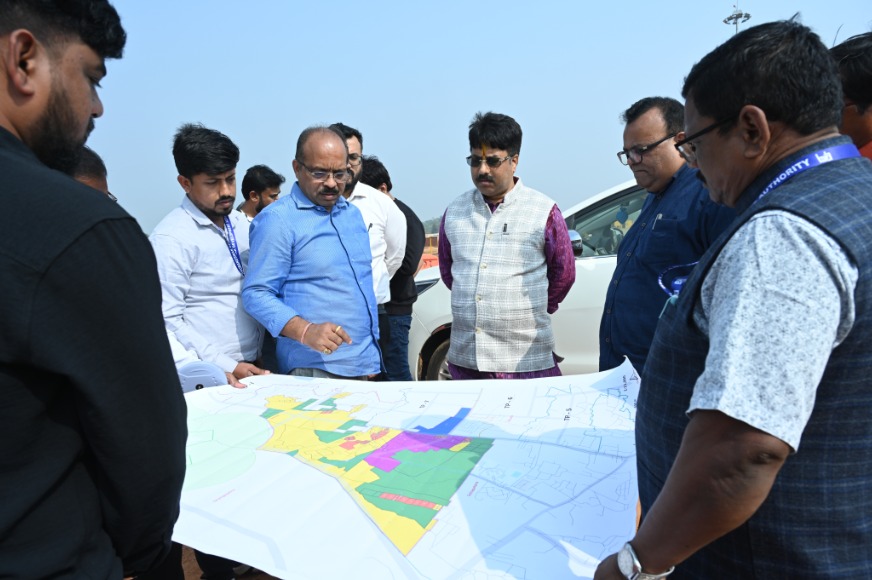New Delhi: Union Minister for Power and Housing & Urban Affairs, Manohar Lal, today outlined India’s ambitious strategy for the power sector in 2047 during the Brainstorming Session on the Indian Power Sector Scenario 2047 in New Delhi. The two-day session brings together key stakeholders to discuss the future of India’s power industry as it transitions towards cleaner, sustainable energy sources.
Shri Manohar Lal highlighted the monumental challenge ahead, stating, “By 2047, we anticipate our power demand to reach 708 gigawatts, necessitating a fourfold increase in capacity to 2,100 gigawatts.” He emphasized that this challenge requires not only expanding capacity but also reimagining the country’s energy landscape to ensure sustainability and reliability.
Central to the strategy is the government’s commitment to renewable energy, with a target of 500 gigawatts of non-fossil energy capacity by 2030, effectively doubling the current capacity. This initiative aligns with India’s broader goals of reducing carbon emissions by one billion tonnes by 2030 and achieving net-zero emissions by 2070.
The session also marked the unveiling of the National Electricity Plan (Transmission) by the Central Electricity Authority (CEA), which provides a roadmap for achieving these energy transition goals. The plan outlines the transmission infrastructure needed to support 500 gigawatts of renewable energy by 2030, with future expansions to over 600 gigawatts by 2032. Key innovations include the integration of offshore wind farms, battery energy storage systems, and pumped storage plants. It also supports the power needs of green hydrogen and green ammonia production, presenting a ₹9 lakh crore investment opportunity over the next decade.
Shri Manohar Lal emphasized the need for advanced energy storage solutions, including battery storage and pump storage technologies, to integrate renewable energy into the grid and ensure 24/7 power availability. He also addressed the challenges posed by rapid urbanization and industrialization, stressing the importance of expanding and modernizing the grid infrastructure to meet future demands.
The Minister of State for Power and New & Renewable Energy, Shripad Yesso Naik, echoed these sentiments, highlighting the importance of meticulous planning to meet the government’s ambitious sustainability targets. He emphasized that substantial investment in renewable technologies, energy storage solutions, and grid modernization will be required to transition towards a cleaner energy mix.
During the session, Pankaj Agarwal, Secretary of the Ministry of Power, outlined India’s roadmap for a modern, energy-efficient power sector, linking it to the global vision of ONE SUN, ONE WORLD, ONE GRID. He pointed to India’s leadership in renewable energy and called for a sixfold increase in storage capacity as part of the country’s G20 New Delhi Leaders’ Declaration commitments.
Debashree Mukherjee, Secretary of the Department of Water Resources, River Development & Ganga Rejuvenation, spoke on the close link between water and power in driving India’s economic growth, while Prashant Kumar Singh, Secretary of the Ministry of New and Renewable Energy, highlighted India’s leadership in solar and wind energy.
In closing, Ghanshyam Prasad, Chairperson of the CEA, presented a comprehensive roadmap for the sector’s evolution, targeting 2053 gigawatts of capacity by 2047, with a significant focus on solar, wind, and hydro pump storage. He emphasized collaboration among all stakeholders as essential for achieving the vision of a world-class Indian power sector by 2047.
The session, organized in collaboration with FICCI and other partners, underscores the sector’s importance in powering India’s growth and achieving its Viksit Bharat goals.





